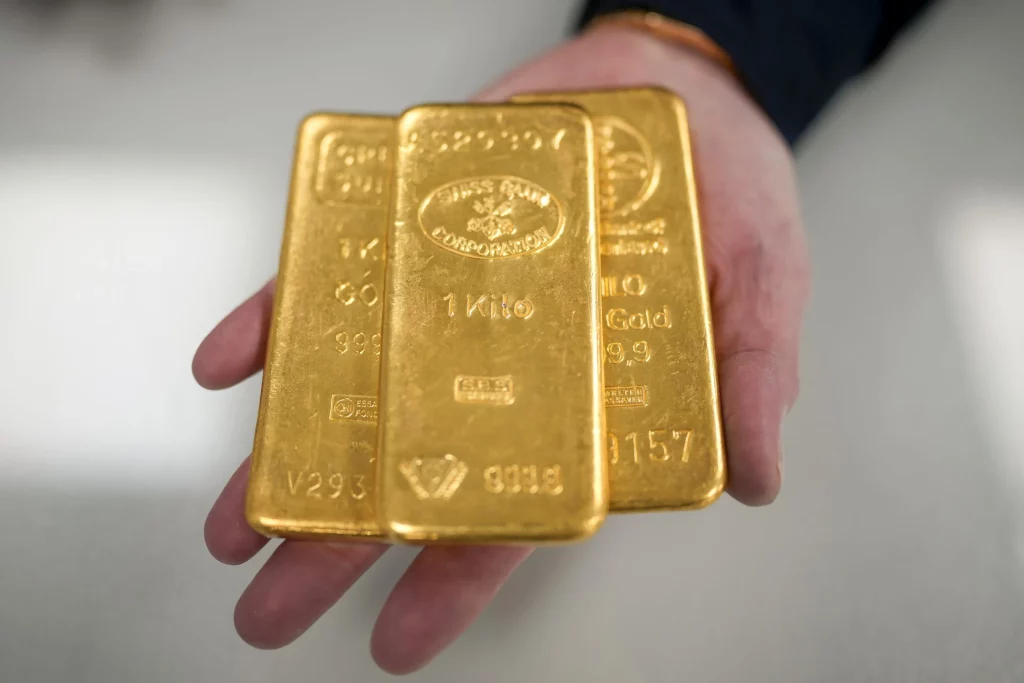How to Interpret Price Analysis to Make Informed Investment Decisions
In a volatile gold market, the ability to accurately interpret price analysis is a cornerstone of successful investing. Price analysis involves studying historical data, technical indicators, and macroeconomic factors that influence gold’s value. Understanding price charts is crucial; key patterns such as support and resistance levels, moving averages, and breakout formations provide insights into potential price movements. Technical indicators like the Relative Strength Index (RSI) and Moving Average Convergence Divergence (MACD) can signal when gold is overbought or oversold, helping investors time their entries and exits more effectively. Beyond technicals, macroeconomic indicators such as inflation rates, interest rate changes, and geopolitical tensions also significantly impact gold prices. For instance, historically, when inflation surges or the U.S. dollar weakens, gold tends to rally as investors seek a stable store of value. Investors should also pay attention to market sentiment through tools like the Commitment of Traders (COT) report, which shows the positioning of major market players. A high concentration of bullish bets might indicate an impending correction, while heavy pessimism could suggest a buying opportunity. By combining technical analysis, fundamental insights, and sentiment evaluation, investors can make more informed decisions and reduce the risks associated with market volatility.
Investment Strategies for Maximizing Returns in a Volatile Gold Market
When operating in a volatile gold market, adopting flexible and disciplined investment strategies is essential to maximize returns. One proven method is dollar-cost averaging (DCA), where an investor regularly buys a fixed amount of gold regardless of the price, thereby minimizing the impact of volatility over time. This strategy helps investors avoid the pitfalls of trying to predict short-term price movements and instead builds a position gradually and sustainably. Another effective approach is the tactical allocation strategy. This involves adjusting the percentage of gold holdings within a portfolio based on prevailing market conditions. For instance, during periods of high inflation or escalating geopolitical tensions, increasing gold exposure can provide enhanced protection, while during stable periods, reducing gold holdings can optimize returns elsewhere. Investors might also consider using options and futures contracts to hedge their gold investments. Buying put options, for example, can protect a gold position against sudden declines without requiring the sale of the underlying asset. Additionally, savvy investors diversify within the gold sector itself, balancing physical gold with gold mining stocks, exchange-traded funds (ETFs), and royalty companies. Mining stocks, while more volatile, can outperform physical gold during bull markets, offering leveraged exposure to rising gold prices. Finally, a long-term mindset is crucial. Historically, gold rewards patience, particularly during economic cycles where traditional assets underperform. By focusing on long-term wealth preservation and gradual accumulation rather than short-term speculation, investors can better withstand volatility and capture gold’s enduring value.

Tips for Diversifying Your Portfolio with Gold
Gold remains a fundamental tool for portfolio diversification, providing balance and risk reduction in uncertain economic climates. To effectively diversify with gold, investors should first determine an appropriate allocation based on their overall risk tolerance and investment horizon. Financial advisors typically recommend allocating between 5% and 15% of a portfolio to gold, but this can vary depending on personal circumstances and market conditions. Investing in physical gold—such as coins, bullion, or bars—offers direct exposure and is ideal for those seeking tangible assets free from counterparty risk. However, physical gold requires secure storage and insurance, factors that investors must plan for carefully. For more liquid and accessible gold exposure, exchange-traded funds (ETFs) like SPDR Gold Shares (GLD) provide a convenient option. ETFs track the price of gold and can be traded like stocks, making them ideal for investors who want flexibility without the logistics of physical storage. Diversifying further into gold mining stocks adds another layer of opportunity. Mining companies often outperform gold itself during bull markets, although they come with operational and market-specific risks. A blend of major producers and smaller exploration firms can offer a balanced approach to capturing upside potential. Investors interested in sustainable investing can also consider gold funds that prioritize environmentally responsible mining practices. Moreover, allocating a portion of gold exposure to digital gold platforms is increasingly popular, allowing fractional ownership of physical gold stored in professional vaults. Ultimately, successful diversification with gold hinges on maintaining a well-rounded mix of assets, staying informed about global economic trends, and being prepared to rebalance holdings as market dynamics evolve.
Conclusion
Maximizing returns in a volatile gold market demands more than just luck—it requires the ability to interpret price analysis with precision, the implementation of robust investment strategies, and the intelligent diversification of assets. By mastering technical and fundamental price analysis, investors can make better-informed decisions, spotting opportunities and risks before they become obvious. Employing disciplined strategies such as dollar-cost averaging, tactical allocation, and hedging ensures greater resilience against market swings. At the same time, diversifying gold holdings across physical assets, ETFs, mining stocks, and digital platforms can enhance both returns and risk management. Gold’s historical role as a stabilizing force during economic upheaval makes it an indispensable component of a well-structured investment portfolio. As the financial landscape of 2025 continues to evolve with new uncertainties and opportunities, those who approach gold investing with insight, patience, and strategic foresight will be best positioned to thrive in an increasingly volatile world.
































